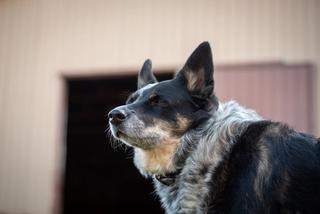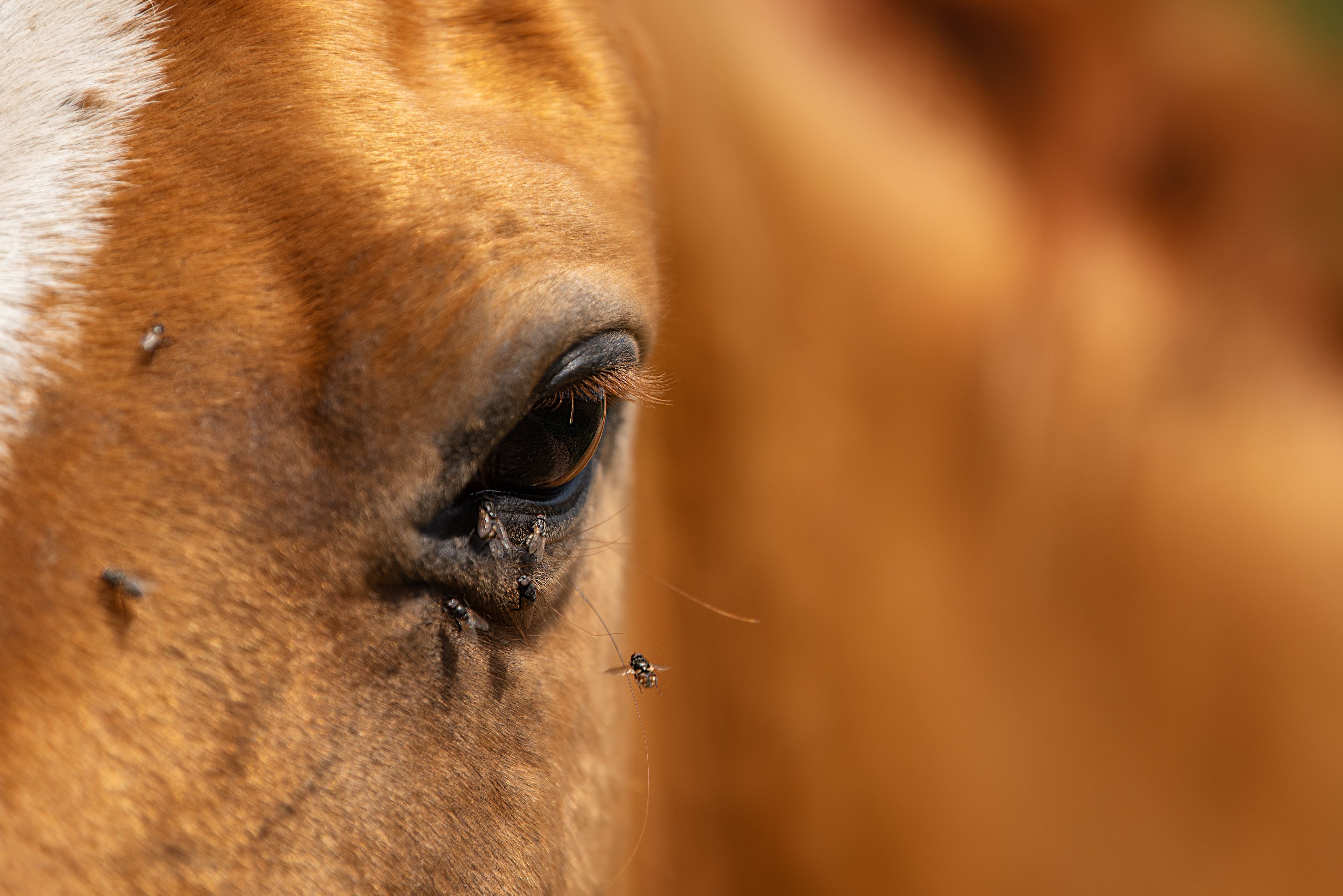Impact of Ulcers on Horses
The Silent Threat


Is your horse displaying a change in behavior? Even subtle signs could mean a serious equine illness.
According to the American Association of Equine Practitioners, ulcers impact 60% of show horses and 90% of racehorses. Given these numbers, horse owners must know what they are, how they affect their equine buddies and how to help prevent and treat them.
“Any age group can get ulcers; they can affect horses from birth all the way to elderly, geriatric horses,” Tony Hawkins, DVM, Valley Vet Supply consulting veterinarian, told AcreageLife.
Cause and Effect
Gastric or stomach ulcers result from an erosion in the stomach lining. In equines, the stomach is safeguarded by a protective lining and an imbalance in stomach acid can cause damage. This imbalance may lead to the development of holes and sores on the stomach lining, potentially progressing into a severe condition if not addressed promptly.
Various elements contribute to the formation of these gastric lesions in horses, with factors such as diet and stress playing significant roles in increasing susceptibility. Horses without continual access to roughage or competition horses that are training are at greater risk.
Ulcers are often the direct result of physical stress from training, illness, pain and surgery. These sores can also arise from behavioral stress, such as social regrouping and changes in routine, as well as factors like transport, confinement and weaning. The chronic administration of non-steroidal anti-inflammatory drugs may cause stomach problems too.
These effects on horses can manifest in various signs, including changes in behavior, altered eating or drinking habits, weight loss, cribbing, wind sucking, dull hair coat, recurring colic, poor performance and an overall dull attitude.
Prevention
It is best to keep horses out on pasture with ample forage — or, if stalled, ensure they receive plenty of hay to digest throughout the day. Feeding multiple meals a day can also help.
The life of a performance or sport horse often lends itself to many stressors. If one is striving toward the highest levels in their discipline, they simply cannot stop training or traveling. However, they can take proactive steps by administering FDA-approved omeprazole. The horse owner can easily administer this product and it does not require a prescription. Omeprazole, which comes in a paste, has been extensively tested for safety and effectively reduces acid production in the horse’s stomach. Hawkins says that changing up your horse’s feeding routine could help.
“Allow horses to graze continuously or offer them 24/7 access to hay. If possible, add alfalfa into your hay mix. If offering hay or pasture 24/7 is not an option, feed multiple meals a day to keep feedstuffs in the stomach as long as possible.”
Reducing your horse’s training intensity is another way to prevent this gastric issue.
Diagnosing Is Difficult
Owners know their horses better than anyone else, and paying attention to their behavior could be vital to noticing that they may be suffering.
“Ulcers are inherently difficult to diagnose as many symptoms are subtle and easily overlooked,” Hawkins added. “If you’re able to see your horse daily, keep a close watch for any new behaviors that your horse is demonstrating to best identify whether they could be related to stomach ulcers.” A proper diagnosis is crucial for a fast and effective treatment plan.
A gastroscopic exam allows your veterinarian to examine the inside of the stomach and make a definitive diagnosis. If ulcers are found, your horse may be prescribed a treatment plan, including environmental and overall management change recommendations.
A gastric endoscopy or gastroscopy involves placing an endoscope into the horse’s stomach and looking at its surface. This method is simple to conduct, minimally intrusive and enables the assessment of the esophagus, stomach and small intestine. Treatment plans may include various medications and follow-up scoping to monitor progress.
About the Author:
Aimee Elyse Robinson draws from her lifelong experience with animals and tenure as a writer in the animal health industry. Visit ValleyVet.com to continue learning and to procure your animal’s needs.
Tags:Horse Sense

Acreage Life is part of the Catalyst Communications Network publication family.
















